Rising Demand for Biopharmaceuticals
The increasing prevalence of chronic diseases and the aging population are driving the demand for biopharmaceuticals, which require specialized packaging solutions. The Pharmaceutical Contract Packaging Market is witnessing a surge in demand for packaging that ensures the stability and efficacy of these sensitive products. According to industry reports, biopharmaceuticals are expected to account for a significant portion of the pharmaceutical market, necessitating advanced packaging technologies. This trend is likely to propel the growth of contract packaging services that cater specifically to biopharmaceuticals, ensuring compliance with stringent regulatory requirements and enhancing product safety.
Growth of E-commerce in Pharmaceuticals
The rise of e-commerce platforms for pharmaceuticals is reshaping the Pharmaceutical Contract Packaging Market. With more consumers opting for online purchases, there is a growing need for packaging that not only protects products during transit but also enhances the unboxing experience. This trend is prompting contract packaging companies to innovate in terms of design and functionality, ensuring that products arrive safely and attractively. Market data indicates that the e-pharmacy sector is expanding rapidly, which could lead to increased demand for customized packaging solutions that cater to the unique needs of online retail.
Regulatory Compliance and Quality Assurance
The Pharmaceutical Contract Packaging Market is heavily influenced by stringent regulatory requirements imposed by health authorities. Companies are increasingly seeking contract packaging services that can ensure compliance with Good Manufacturing Practices (GMP) and other regulatory standards. This need for adherence to quality assurance protocols is driving the demand for specialized packaging solutions that can withstand rigorous testing and validation processes. As regulations evolve, the market is likely to see a shift towards packaging providers that can demonstrate a robust quality management system, thereby enhancing their competitive edge in the Pharmaceutical Contract Packaging Market.
Technological Innovations in Packaging Solutions
Technological advancements are revolutionizing the Pharmaceutical Contract Packaging Market. Innovations such as smart packaging, which incorporates sensors and tracking technologies, are enhancing product safety and traceability. These technologies allow for real-time monitoring of product conditions, ensuring that pharmaceuticals maintain their integrity throughout the supply chain. The integration of automation in packaging processes is also streamlining operations, reducing costs, and improving efficiency. As these technologies continue to evolve, they are likely to play a crucial role in shaping the future landscape of the Pharmaceutical Contract Packaging Market, offering new opportunities for growth and differentiation.
Focus on Sustainability and Eco-friendly Packaging
Sustainability has become a pivotal concern in the Pharmaceutical Contract Packaging Market. As environmental awareness grows, pharmaceutical companies are increasingly seeking eco-friendly packaging solutions that minimize waste and reduce carbon footprints. This shift is driving contract packaging providers to adopt sustainable materials and practices, such as biodegradable packaging and recyclable materials. Market trends suggest that companies prioritizing sustainability are likely to gain a competitive advantage, as consumers are more inclined to support brands that demonstrate environmental responsibility. This focus on sustainability could significantly influence the future direction of the Pharmaceutical Contract Packaging Market.



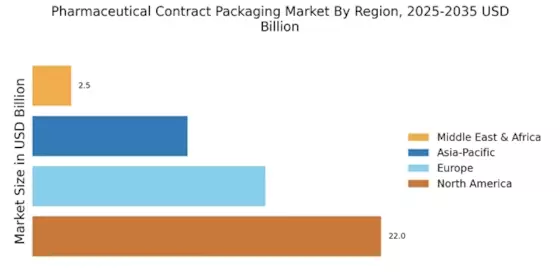
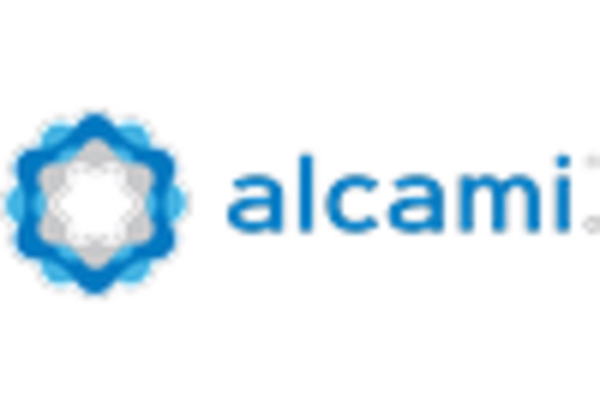
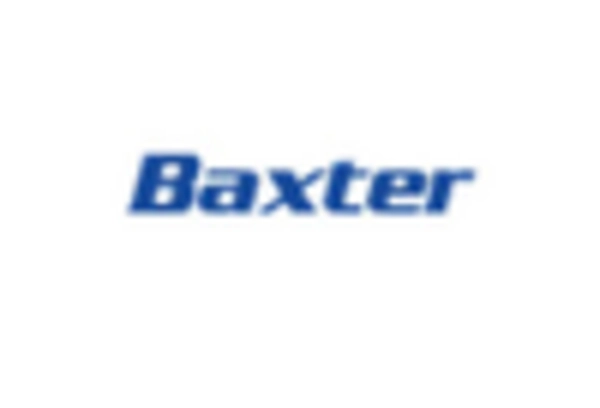
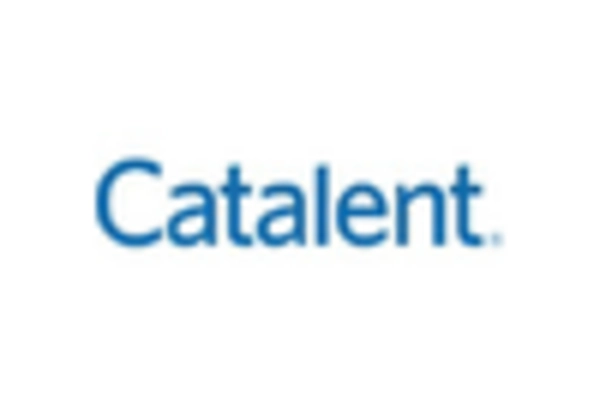
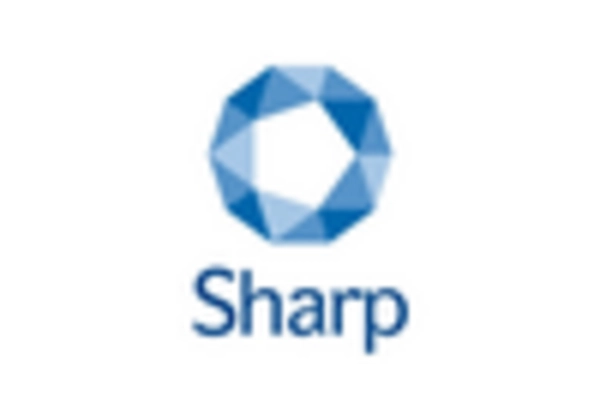

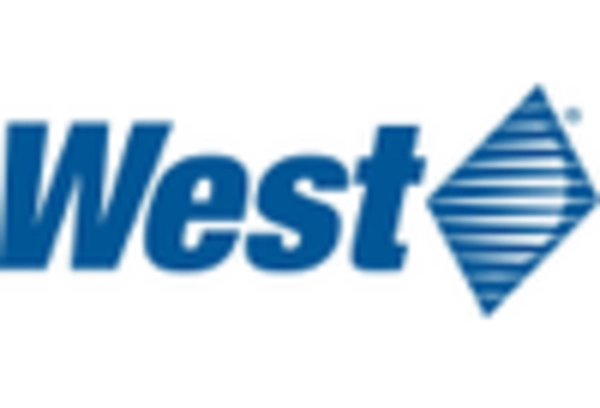








Leave a Comment